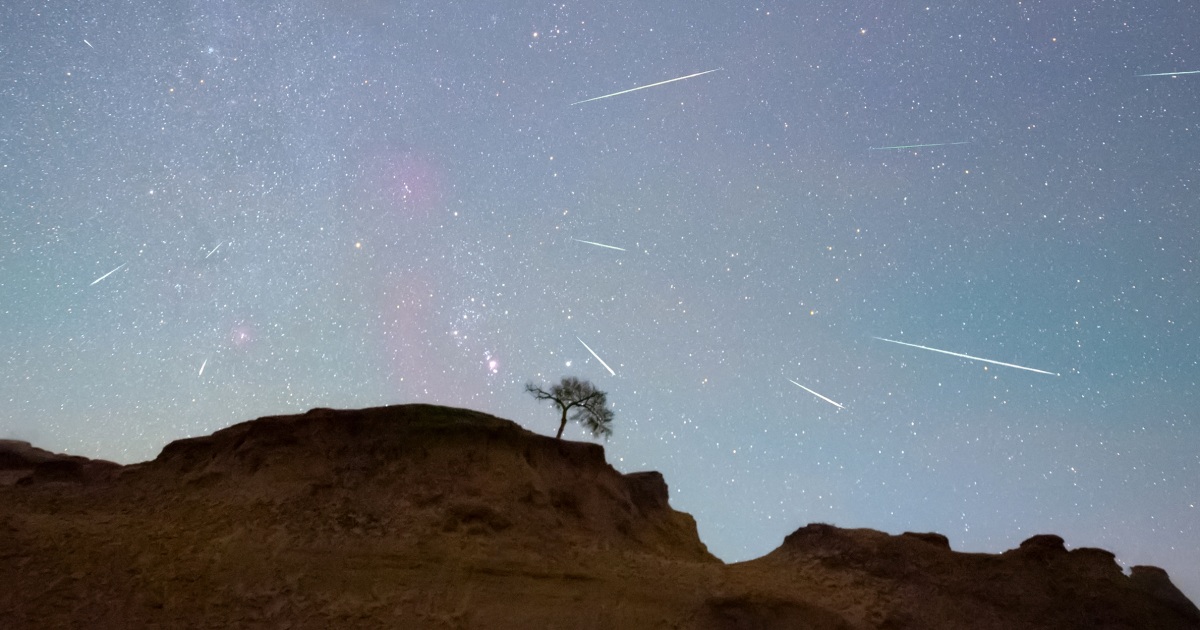
Main Sequence Phase
Main Sequence Phase is the longest stage in the life cycle of a star, during which it fuses hydrogen atoms into helium in its core. This process releases energy that counteracts the gravitational force pulling the star inward, resulting in a stable equilibrium. The duration of this phase depends on the mass of the star, with more massive stars having shorter main sequence lifetimes. During this phase, the star's luminosity, temperature, and radius remain relatively constant. However, as the star exhausts its hydrogen fuel, it will eventually evolve into a red giant or supergiant, marking the end of the main sequence phase.
Your Previous Searches
Random Picks
- Precision Approach: In the context of aerospace engineering, a Precision Approach (PA) is a type of approach in aviation where guidance is provided to aircraft in both the vertical and horizontal planes, enabling them to perform an approach to land under poor ... Read More >>
- Star Tests: Star tests are optical tests used to evaluate the quality of a telescope's optics. The test involves observing a bright star and examining the resulting image for distortions or aberrations. The star's image should appear as a small, round ... Read More >>
- Regulatory Bodies: Regulatory bodies are organizations that are responsible for creating and enforcing rules and regulations in the space and astronautical engineering industry. These bodies ensure that all activities related to space exploration, satellite l ... Read More >>
Top News

Bestselling author explains the science of happiness: "You can do the work"...
Bestselling author and Harvard professor Arthur Brooks opens up about how enjoyment, satisfaction and meaning in life can increase a person's wellbeing....
News Source: CBS News on 2024-11-18

November's full moon, known as the Beaver Moon, is the last supermoon of 2024. H...
November's full moon, known as the Beaver Moon, is the last supermoon of 2024. Here's when it peaks and why it's called the Beaver Moon....
News Source: CBS News on 2024-11-15

You can't put a price on the sense of awe particle physics inspires...
Astronomy and particle physics are no longer seen as vital by the US establishment, so funding has fallen. But our work creates a sense of wonder, and wonder matters, says Chanda Prescod-Weinstein...
News Source: New Scientist on 2024-11-13

If you want to stretch your gift game into days this holiday, check out these ad...
The advent calendar phenomenon is growing every year, with so many exciting, fun, beautiful, and delicious options available...
News Source: ABC News on 2024-11-04

November brings a bonanza of meteor showers...
November brings a skywatching bonanza, with three meteor showers — the Southern Taurids, Northern Taurids and Orionids — offering chances to see shooting stars....
News Source: NBC News on 2024-11-02